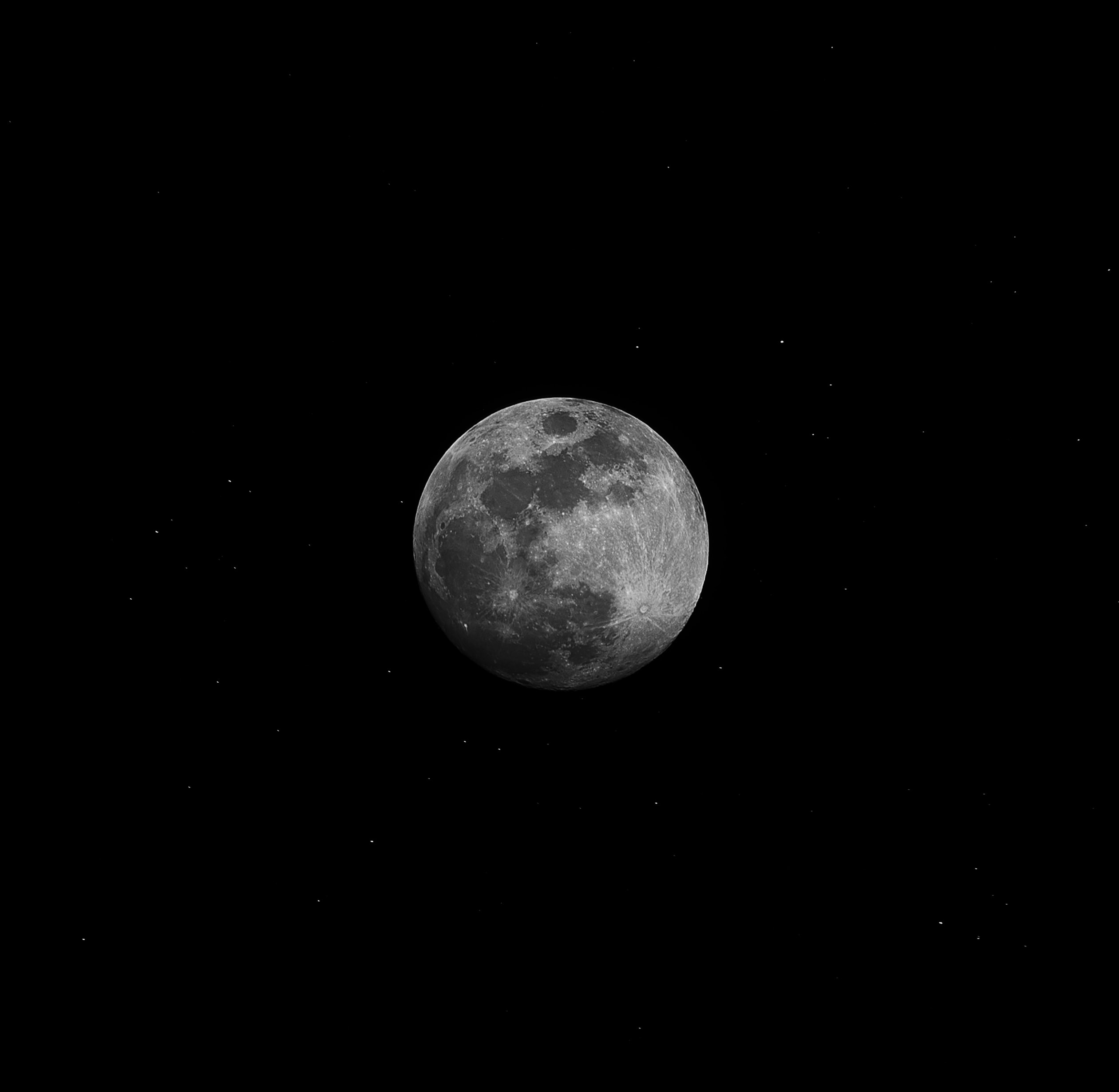The Fascinating Cycle of the Moon: A Comprehensive Guide to Moon Phases and Lunar Periods
The moon has fascinated humans since the dawn of time. Its ever-changing shape and luminosity have sparked countless myths, legends, and scientific discoveries. One of the most intriguing aspects of the moon is its cycle, which repeats itself every 29.5 days. In this blog post, we will explore the details of the moon cycle, including its phases, lunar periods, and the impact it has on our planet.
The Phases of the Moon
The moon’s cycle consists of eight distinct phases, each lasting approximately 3.7 days. These phases are the result of the moon’s position in relation to the sun and the Earth. Let’s take a closer look at each phase:
- New Moon: The moon is not visible from Earth, as it is positioned between the Earth and the sun.
- Waxing Crescent: A small sliver of the moon is visible, and it appears to be getting larger.
- First Quarter: Half of the moon is visible, and it is waxing, or growing, in size.
- Waxing Gibbous: The moon is more than half but not fully illuminated.
- Full Moon: The entire face of the moon is visible from Earth, as it is opposite the sun.
- Waning Gibbous: The moon is gradually decreasing in illumination.
- Last Quarter: Half of the moon is visible, and it is waning, or shrinking, in size.
- Waning Crescent: A small sliver of the moon is visible, and it appears to be getting smaller.
This cycle repeats itself continuously, giving us the spectacle of the moon changing shape in the night sky.
Lunar Periods and Tides
The moon’s cycle also has a significant impact on Earth’s tides. The gravitational pull of the moon and the sun creates a tidal force that causes the oceans to rise and fall. This force is strongest during the full and new moons when the sun, moon, and Earth are aligned, creating what is known as spring tides.
During the first and third quarters, when the moon is at a right angle to the Earth and sun, we experience neap tides. These are tides with the least difference between high and low water levels.
The moon’s gravitational pull also affects the Earth’s crust, causing subtle movements known as earth tides. Although these movements are not as noticeable as ocean tides, they play a role in activities such as earthquake triggering and volcanic activity.
To better understand the relationship between the moon and tides, let’s explore a lunar period called a lunar month. A lunar month is the time it takes for the moon to complete one full cycle of phases, from new moon to new moon. It lasts approximately 29.5 days, matching the moon’s synodic period.
Understanding the Synodic Period
The synodic period refers to the time it takes for the moon to go through its complete cycle of phases and return to the same position in the sky as viewed from Earth. This period is slightly longer than a lunar month due to the Earth’s orbit around the sun.
During each synodic period, the moon completes approximately 2.2 orbits around the Earth. This discrepancy is due to the fact that the Earth has moved in its orbit around the sun while the moon was completing its orbit.
Understanding the synodic period is crucial for various practical applications, such as determining the best times for stargazing, predicting lunar and solar eclipses, and planning celestial events.
Significance of Moon Phases in Different Cultures
Throughout history, moon phases have held great significance in various cultures around the world. Many ancient civilizations, including the Mayans, Egyptians, and Chinese, used lunar calendars to track time and organize their agricultural activities.
In astrology, the different moon phases are believed to influence human behavior and emotions. For example, the full moon is often associated with increased energy and heightened emotions, while the new moon is seen as a time for new beginnings and inward reflection.
Conclusion
The moon cycle is an intricate and fascinating phenomenon that mesmerizes us with its ever-changing appearance. From the waxing and waning phases to the influence it has on tides and cultural traditions, the moon continues to captivate our imagination.
Next time you look up at the night sky, take a moment to appreciate the moon and its role in the grand tapestry of the universe.
Table of Contents
